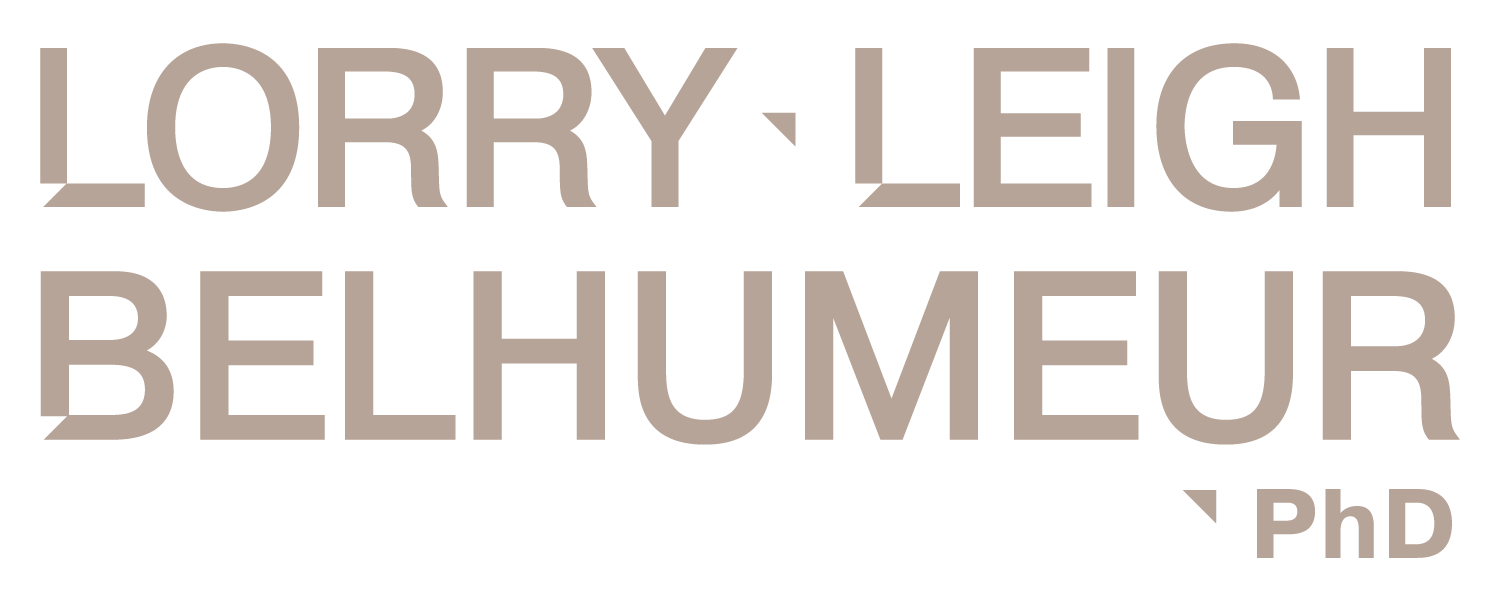3 Internal Factors Limiting Your Resilience
In a perfect world, we’d all have unlimited resilience.
We would climb mountains and overcome barriers. We would burst through challenges with grace and a smile on our face. But that’s not how life works, is it? More often, we find resilience lacking in the moments we need it most.
The result: feeling stuck.
Struggling to break free of shame and blame cycles
Struggling to believe in yourself and your abilities
Struggling to find your place in the world
I know this experience first-hand. Despite achieving in my career, I’ve spent much of my adult life stuck. Feeling like a failure and a fraud. Knowing there’s a brighter future somewhere out there, but not feeling confident enough to seek it out.
Through decades of resilience research, I’ve identified key internal factors that limit resilience. These factors often feel small, but they have enormous impact. They hold you back from achieving your true potential.
Today, I’d like to talk about 3 of the most impactful reasons resilience may be lacking.
Factor 1: I Don’t Know My Big Why
Chapter 1 of my book, Mastering Resilience: Transforming Into Your Purpose, is about naming your “BIG Why.” I start here because resilience is built on purpose.
Consider two scenarios.
In scenario one, you’re out for a leisurely hike and you come across a hill. The hill is steep, littered with loose rocks, and you know it will be a pain to climb. So, you turn around and head back. Or find another way.
Now, consider the same hill. Only this time, your partner or child or best friend is at the top. And they’re injured. The only way to help them is to climb. So, you put your head down and get up the hill in record-breaking time.
These two scenarios present the same obstacle: the hill. In the first scenario, your Why is lacking. You don’t have a compelling reason to climb the hill. So, you don’t. However, in the second scenario, you’re inspired to get up the hill, you have a reason to get up the hill you have a BIG Why to get up the hill that is powerful. You need to get up there to save a loved one, so you do.
You can probably think of similar scenarios in your life. Times you found otherworldly strength in the face of considerable challenges. This strength came from your BIG Why. From somewhere deep inside.
Sadly, people often wander through life without knowing their BIG Why. They make decisions and take actions, but without a clear picture of their purpose. It’s no wonder, then, when met with adversity, it’s easier to attempt to avoid it or run the other way.
If you find your resilience lacking, take a moment to consider. What is the BIG Why behind what you’re trying to accomplish? Is it compelling?
Factor 2: My Sense of Self is Askew
Chapter 4 of Mastering Resilience is all about clarity of self. I include this chapter because, through my years of experience working with a wide range of people, our internal selves can go askew. There’s often a disconnect between who we think we are and who we really are.
And that disconnect can lead to all kinds of resilience-limiting problems. Most often, it creates a lack of confidence, grounded in a false vision. We hold ourselves back. We don’t want to look foolish or fall flat on our face. We don’t believe in our ability to overcome.
This false sense of self keeps us rooted in place.
“I’m not smart enough to do that job”
“I’m not strong enough to stand up to that bully”
“I’m not good enough for anyone to love”
Again, these experiences are my experiences. In my 20s, I was a straight-A student at UCLA. I was also on a path to self-destruction, fueled by unresolved childhood trauma. To the outside world, my accomplishments looked great. But inside, I was a mess.
What about you? Does your internal sense of self reflect the person you are? Or are you telling yourself a story filled with the worst words of those who wronged you?
Factor 3: My Inner Voice is Working Against Me
Chapter 5 of Mastering Resilience focuses on your inner voice. Similar to clarity of self, your inner voice can work with you or against you–defining what you focus on. I include this chapter because, for many, the negativity of internal chatter is a driving force behind fear and anxiety.
My inner voice loved to point out flaws. I would get a 99% on a test, yet focus on the 1% missed. Not only did this voice rob me of the satisfaction of a job well-done, it kept me rooted in place, afraid of making any mistakes.
When your inner voice revolves around the negatives of life, forward progress becomes nearly impossible. You can’t move forward if all you see are the risks and failures. Instead, you’ll find your thoughts swirling in a storm of “what ifs” and “what’s wrong with me.”
It’s possible to take steps that can turn your inner voice from a critic to an ally.
Recruit Yourself, Make a Breakthrough
If you’re not on your side, who will be?
Before you step forward to make a change, recruit yourself. Make sure internal factors are working with you, not against you. By addressing your Big Why, sense of self, and inner voice, you can unlock resilience for any challenge.
I’ll close with a powerful quote from Tony Robbins. “The strongest force in the universe is a human being living consistently with his identity.”
When you’re ready to shift your mindset, get a copy of my book here. You’ll get the eight ingredients to mastering resilience and tangible ways to align your internal self with the life of your dreams.
Looking for a deeper experience? Contact me to learn about my in-person, one-on-one workshop tailored for your specific needs.

